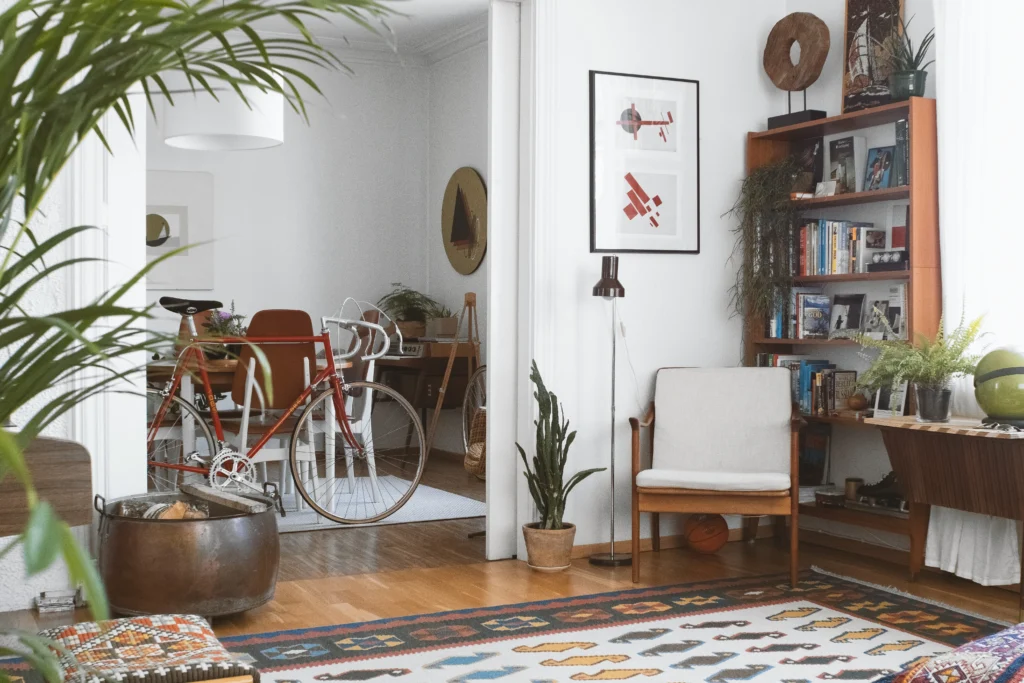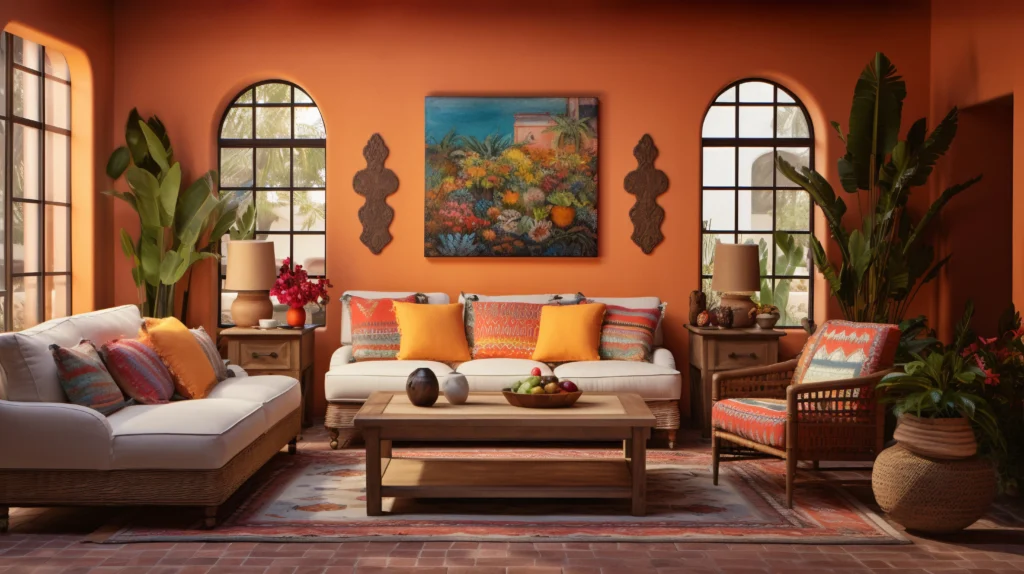
Furniture: how to choose the perfect furniture for your home

Importance of furniture
Multiple Aspects of Furniture

Upholstery Fabric
Selecting the right fabric for your furniture is crucial because it is the epitome of the furniture. It is like selecting clothes for your body, but unlike clothes, you can’t change your furniture fabric every day. That’s why it is very important to choose the right fabric. Here’s how to navigate through the key features that’ll help you choose the right upholstery fabric for your sofa:
Durability:- The choice of your upholstery fabric depends on the usage, whether it be light, moderate, or heavy. Think about how the sofa fabric will be showcased and the specific room it will adorn. Don’t forget the exposure to kids and pets. Microfiber is a good choice for daily usage. Alternatives like leather or leatherette (artificial leather) are also good choices for daily activity.
The trio of fabrics like cotton, rayon, and polyester is also good for the family couch and daily usage. Avoid printed and heavy-textured fabrics for frequent use as they tend to wear out easily. Avoid the use of canvas; although it is similar to microfiber, it is not a good option because it is not soft.
Explore the Fabric (Know the fabric before you use it)
Cotton/Cotton Blend: This natural fabric is durable but prone to sun damage.
Velvet: Soft and luxurious, available in a variety of colors, good for guest house furniture and drawing rooms but not for daily use.
Wool/Wool Blend: Lavish with comfort, extremely soft but prone to rough wear.
Jacquard: Highly patterned and alluring with a soothing touch.
Leather: Showcases luxury and elegance. It has resistance to stains but requires leather conditioner to prevent cracks.
Faux Leather/Leatherette: Easily cleaned, but challenging to mend if torn.
Polyester: A more affordable option that has low maintenance, though it may develop pills (tiny, firm balls of lint that form on the surface of fabrics).
Acrylic: Notably durable and suitable for heavily used furniture, but comfort-wise, it might not win any awards.
Microfiber: Affordable, long-lasting, and stain-resistant, but prone to collecting hair and dust. Keep a lint roller close.
By understanding these factors and fabric types, you can make an informed decision that enhances the longevity and beauty of your furniture.
Furniture According to Theme
Choosing furniture based on themes might seem like different aspects, but each element is interconnected. The style you implement affects your space, materials, and design. Here’s a guide to selecting furniture according to various themes:

Bohemian Theme: Bohemian or Boho chic is characterized by its unconventional and free-spirited essence. When selecting furniture for a Boho theme, let your imagination lead the way. Look for vibrant colors and patterns. Opt for eclectic, vintage, and mismatched furniture. Choose rustic wooden tables and low coffee tables with eclectic accessories. Accents should include wooden rattan or wicker chairs, macrame hangings, and colorful throw pillows.

Classic Theme: For a classical theme, always select traditional, elegant designs with ornate details, such as rolled arms and tufted backs. Upholster in rich fabrics like velvet or silk. Use dark wood coffee tables, side tables, and dining tables with intricate carvings and polished finishes. For storage, use antique cabinets and bookshelves. Complete the look with grand chandeliers, ornate mirrors, and classical artworks.

Contemporary Theme: Choose sleek, streamlined furniture with clean lines. Use neutral tones with bold accent colors. Opt for glass or metal coffee tables and side tables with minimalist designs. Incorporate modular storage solutions and floating shelves. Decorate with abstract art, geometric patterns, and innovative lighting fixtures.

Minimalist Theme: Select simple, functional furniture with clean lines. Choose neutral colors and avoid excessive decoration. Tables should be simple and functional, made from wood or metal with minimalist designs.

Scandinavian Theme: Opt for light-colored, functional furniture with clean lines and natural materials like wood and linen. Use simple wooden tables with a light finish, such as birch or pine. Minimalist decorations should emphasize light and simplicity. Incorporate cozy textiles like wool and faux fur for warmth.

Industrial Theme: Choose leather sofas with a rugged look and metal and wood chairs with an unfinished feel. Use raw wood and metal tables, such as reclaimed wood coffee tables with metal legs. Incorporate open metal shelving units and rustic cabinets. Accents should include exposed brick walls, metal fixtures, and vintage industrial lighting.

Mid-Century Modern Theme: Select furniture with sleek lines, tapered legs, and organic shapes. Use vibrant colors and geometric patterns. Choose wooden tables with clean lines and minimalist designs. Opt for low-profile cabinets and sideboards with a retro feel. Accents should include vintage accessories, statement lighting, and bold artwork.

Rustic Theme: Rustic themes are all about bringing nature inside your house. Choose large, comfortable furniture made from natural materials. Use leather or fabric upholstery in earthy tones. Opt for solid wood tables with a rugged, handmade feel. Select wooden cabinets, bookshelves, and chests with a distressed finish. Accents should include natural elements like stone, wood, and metal. Use cozy textiles like wool and burlap.

Transitional Theme: Transitional themes celebrate natural light and a relaxed feel with smooth, blending details that create a warm yet modern interior. Choose a blend of traditional and contemporary elements for sofa and seating. Use neutral colors with classic shapes and modern finishes. Select elegant tables with a mix of materials like wood and glass or metal. Opt for stylish cabinets and shelving that combine traditional and modern designs. Accents should be a mix of classic and contemporary accessories to create a balanced look.
By understanding these themes, you can choose furniture that perfectly matches your desired aesthetic, creating a harmonious and stylish home environment





Read recent articles
Tile Flooring vs Epoxy Flooring: A Discerning Homeowner’s Dilemma
The Ultimate Guide to Selecting the Perfect Wood and Plywood for Your Kitchen
Top 10 Corporate Office Design Trends Revolutionizing Modern Workspaces!